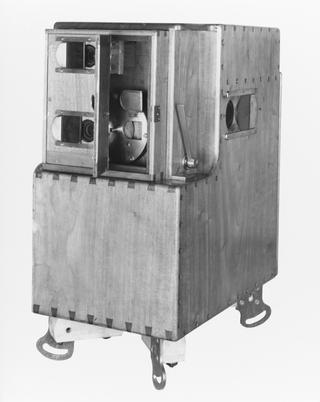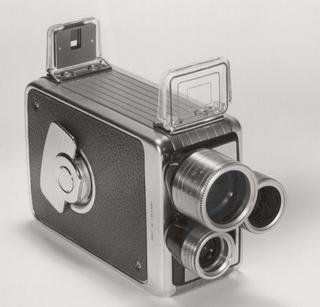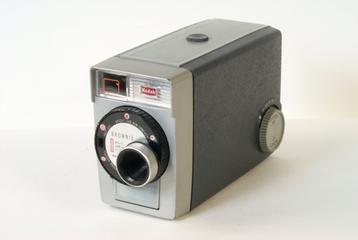
Edison Kinetophone (or Phonokinetoscope)
- Made:
- 1894 in Orange county
- maker:
- Thomas Alva Edison and William Kennedy Laurie Dickson






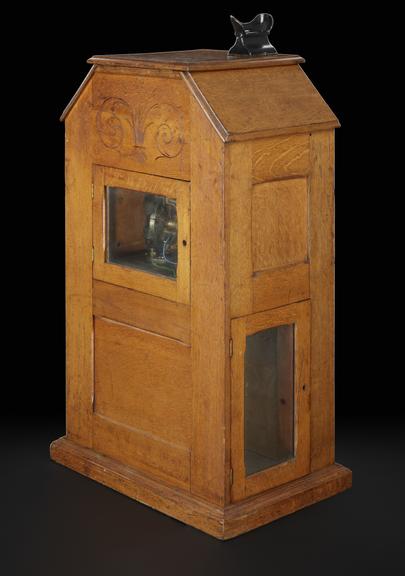
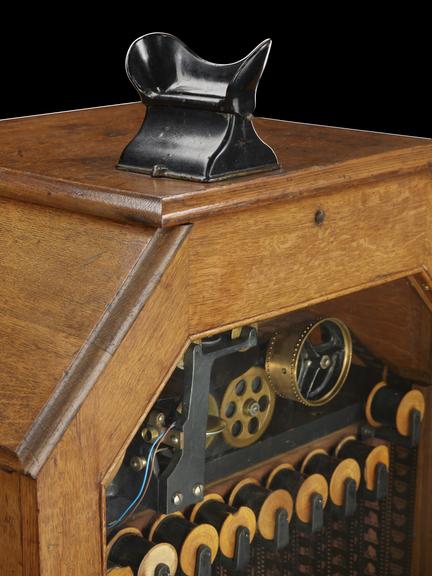
Edison Kinetophone (or Phonokinetoscope); Kinetoscope with cylinder phonograph, made by Thomas Edison, 1894.
Invented by Thomas Alva Edison's Scottish employee, William Dickson (1860-1935), the Kinetoscope was the first device to show motion pictures. Looking through the eyepiece at the top of the machine, the viewer saw about 20 seconds of film, which passed through in a continuous loop. Kinetoscope parlours offering a choice of films first opened in New York on 14 April 1894 and in London on 18 October 1894. However, they did not survive the introduction of cinema by the Lumiere brothers in Paris a year later. The 'Edison' Phonokinetoscope, also called Kinetophone with cylinder phonograph was an early attempt at creating a sound-film system.
Details
- Category:
- Cinematography
- Object Number:
- 1930-486/1
- Materials:
- wood (unidentified), metal (unknown), brass (copper, zinc alloy) and glass
- Measurements:
-
overall: 1230 mm x 660 mm x 430 mm, 61 kg
- type:
- kinetophone

